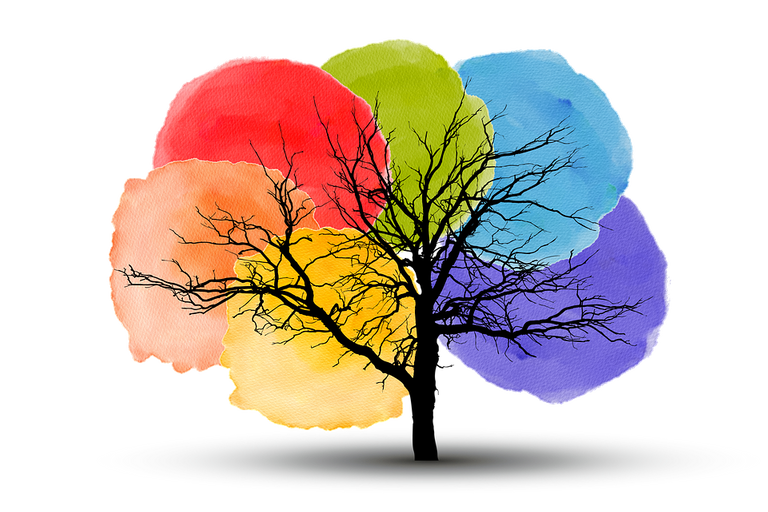"The Evolution of Multiplayer Gaming: From LAN Parties to Online Communities"

The Fascinating World of Animal Communication: How Different Species Communicate with Each Other
Animals have been communicating with each other since the beginning of time. From the smallest insects to the largest mammals, different species have developed unique ways of communicating with each other. In this post, we will explore the fascinating world of animal communication and how different species communicate with each other.
Visual Communication
Visual communication is the most common form of communication among animals. This type of communication includes body language, facial expressions, and coloration. For example, when a dog wags its tail, it is communicating happiness and excitement. Similarly, when a cat arches its back and hisses, it is communicating fear and aggression.
Auditory Communication
Auditory communication is another common form of communication among animals. This type of communication includes vocalizations such as barks, roars, chirps, and whistles. For example, when a lion roars, it is communicating dominance and warning other lions to stay away from its territory.
Chemical Communication
Chemical communication is a type of communication that involves the use of pheromones. Pheromones are chemicals that are released by animals and detected by other animals of the same species. For example, female moths release pheromones to attract male moths for mating.
Tactile Communication
Tactile communication is a type of communication that involves touch. This type of communication is most commonly seen in social animals such as primates and elephants. For example, when two chimpanzees groom each other, they are communicating trust and affection.
Conclusion
The world of animal communication is truly fascinating. Different species have developed unique ways of communicating with each other, and these forms of communication have evolved over time. By understanding how animals communicate, we can gain a deeper appreciation for the complexity and diversity of the natural world.

All images are taken from the Pixabay.com